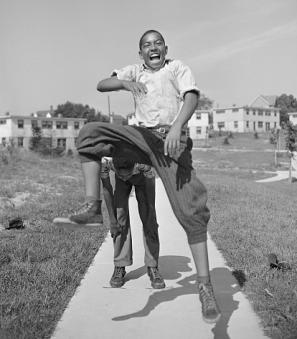GALA Hispanic Theatre: Celebrating Latin American Culture in the Arts
Love is a powerful emotion, so much so that it can inspire people to travel across the ocean chasing their beloved. Unfortunately, love can also be fickle. Argentinian actor Hugo Medrano found that out the hard way when he followed his beloved to Washington, D.C. from Spain, only to have the relationship dissolve three months later. The year was 1971, and Medrano recalled “...standing on 16th street, waiting for a bus to take me to my job as a busboy in Bethesda. This was the only work I could get, because all I knew how to say in English was ‘Stick ‘em up!’ – like in the cowboy movies.”[1]
Fortunately for Medrano, his degree in theater and experience allowed him to land the titular part in the play “The Greedy Goat” at bilingual children’s theater Teatro Doble. Teatro Doble, ran by Sonia Castel, operated out of Back Alley Theatre, and was the District’s only bilingual theatre at the time.[2] There, Medrano met Rebecca Read, a dancer who moved to Washington, D.C. after an accident ended her dance career in New York.[3] Read still remembers their first meeting. “The first time I met Hugo he was spray painting my costume…He did everything: act, direct, design, produce. And yet he couldn’t speak English.”[4] The two of them became fast friends, and eventually fell in love.
Read grew up entrenched in Latine culture and said of her childhood: “I lived in Spain and Mexico as a child and had adopted sisters from Bolivia, so I was immersed in Latin American culture and language from a young age.”[5] Read’s interest gave her a connection to Medrano, an artist who escaped from Argentina as the environment steadily became unsafe for artists. “As an Argentine artist I had to leave my country during the time that many of my artist friends were being “disappeared.” I traveled to Spain and spent my formative years studying and working with leading directors in Madrid,” Medrano later described.[6]
At the time, aside from Teatro Doble and occasional church group performances or special events, there were very few Latin American theater programs in DC. Medrano and Read saw a need – and an opportunity. In 1976, they founded Grupo de Artistas Latino Americanos (GALA) with a few of their friends and transformed their Adams Morgan townhouse into a theatre-cafe.[7] They took the concept of a cafe concert, popularized during the Belle Epoque period in France, which has a place for a theatre along with a cafe.[8] “We both had a vision that is relevant today: the need to bring many different Latino/x cultures together to celebrate their rich culture and language and share that culture with a broad public,” Read recalled.[9]
The first play GALA ever put on was La Fiaca by Argentinian playwright Ricardo Talesnik. Washington Post reporter Judith Martin wrote that the play was “delightfully done,” and the review came as a shock.[10] As Read remembered, “We founded this group, did the first show, then woke up the next day to a six-column headline in the Washington Post about our new troupe – without us even calling the press. It was a huge surprise to people that a Spanish language group, all of a sudden, did this great show and they wondered what was going to happen next.”[11]
Interest from the leading newspaper in town reflected the changing dynamics of Washington. Although D.C. had been a place for diplomats from Latin America for decades, the 1960s and 70s saw a marked increase in immigration, which resulted in a larger and a more diversified Latine community in Washington. Puerto Rican activist and educator Carlos Manuel Rosario sought to create a sense of Latinidad (a pan-Latin identity) in the D.C. by organizing various community initiatives to promote the culture and interests of Latinos in Washington, including the annual Festival Latino.[12] The efforts paid off according to Roland Roebuck, who immigrated to Washington from Puerto Rico in 1974: “There was an atmosphere of collaboration…Since all of us spoke Spanish that created a sense of solidarity…You could survive in the Latino community without speaking English.”[13]
At the time, the majority of DC’s Latin Americans were Afro-Latinos from the Caribbean but that began to change as people from El Salvador and other Central American countries began to seek refuge in D.C. as civil wars ravaged their countries. They primarily settled in the areas of Adams Morgan and Mt. Pleasant, the same area where GALA put on its first shows.[14] According to a 1980 census, Hispanics made up 33% of the population of residents living in Ward 1, which contained Adams Morgan and Mt. Pleasant.[15]
“The Latinos who came to Washington at that time were often professionals fleeing dictatorships and oppression. They came here for human rights reasons…There were painters, artists, poets, writers who needed a place to express themselves,” Read said in an interview.[16]
“We always had something going. ... We had important writers and painters from Latin America talk about their work. We had a gallery for local Hispanic visual artists. It was a kind of cultural center,” Medrano said, reminiscing on the past.[17]
Like the rest of DC, Read and Medrano found themselves adapting to the constantly changing Latine community. “In the 1980s, there was a new wave of Central American immigrants seeking refuge from Civil Wars and failing economies…So, GALA tweaked its programming to include more Central American work, as well as music,” Read remembered.[18]
Unfortunately, they had to sell the Adams Morgan townhouse in 1983 due to a series of events. Read and Medrano already had one son, but she was pregnant with twin boys at the time, and they needed more space. Also, there was a break in at the building and someone picked up a staple gun and smashed Medrano over the head with it, leaving him to stumble into the Spaghetti Garden next door with his head bleeding.[19]
First, Read and Medrano relocated GALA to nearby All Souls Church, but found it hard to juggle a theater around the church schedule. Next they moved – briefly – into the Lansburgh Project, a supposed art center at 7th and E St., NW but that project failed.[20] Then, when Hugo was passing by Sacred Heart Catholic School in Mt. Pleasant, he realized something. “For years I had walked by it. But this time I looked, and it hit me: It had to be a theater,” He said.[21] It was converted the next year.
When GALA Hispanic Theatre was founded, they originally did shows in both English and Spanish. “Because some of the actors couldn’t speak English, sometimes we would have one actor in the Spanish version, another in the English version. If the actors weren’t the same size, we needed two sets of costumes. We were dealing with two simultaneous productions of the same play. For one play, we even had two directors because one didn’t speak English,” Medrano later said.[22] This led to the eventual decision to have plays done entirely in Spanish, using headphones with English translations for those who needed it.[23]
On September 26, 1988, GALA Hispanic Theatre debuted at the Kennedy Center Terrace Theater with the play “Matatangos,” which told the story of Argentinian singer Carlos Gardel. Washington Post reporter Elizabeth Kastor reported of GALA, “They have learned that controversial plays frighten some who fear the dramas will expose their national wounds to a hostile world. They have seen Central American immigrants moved to tears by theater. And they have waited for Washington at large to notice them.”[24] Kastor’s words captured the anxiety of some members of the Latine community. As Read recalled: “There is this terrible feeling of insecurity Hispanic people have when they come here. You must get into the psyche of these people and let them realize we represent the upside, the positive aspect of Latin American culture–the only things you see in the media are the revolutions, places burning down, war. They’re paranoid about what the United States thinks of them.”[25]
That same year, Sonia Castel, who directed Teatro Doble and was a cultural director for D.C.’s Festival Latino, joined the GALA team as a PR Director. She helped to broaden GALA’s work to all sectors of the public, but she unfortunately passed away in 1991, before GALA was able to find a permanent home.[26]
Breaking stereotypes surrounding Latin American culture was one of the major goals of GALA, as they aimed to show the diverse and wonderful artistic cultures of both Latin America and Spain on the stage. Read and Medrano deny that GALA Hispanic Theatre is a political entity, instead arguing that it is a place dedicated to depicting the many realities of Latin American and Hispanic Culture, even the tragic histories.[27] Abel Lopez, a primary member of GALA since 1980 had a slightly different perspective. He said, “I think the fact we exist is a political statement itself…Unique theaters like GALA say to people, ‘Your culture is included.’ It is a statement that this needs to be done–like black theater, Asian theater–that it’s as old as Shakespeare and as contemporary as David Manet.”[28]
Although Sacred Heart became GALA's home, it was never intended to be permanent. That’s why when the opportunity to get a space at the historic Tivoli Theater opened, Read jumped at the idea. The Tivoli is in Columbia Heights, an area where many of the residents of Adams Morgan and Mt. Pleasant began to move as their previous neighborhoods gentrified and priced them out.[29] It has a storied history, and the battle over the theater itself is worth a look. Read, who holds the position of executive director at GALA, fundraised 4.2 million dollars to get GALA a spot in the renovation of the theater in 1999. Six years later, the investment paid off, and GALA Hispanic Theatre officially moved into the balcony of the Tivoli Theatre in Columbia Heights.[30]
“At the Tivoli, we’re finally in the right place at the right time. It’s an area that is changing rapidly and that is one of the most dynamic and culturally diverse neighborhoods in the city. We couldn’t be happier.” Read said.[31] They also got rid of the headphones and now project English translations on a screen behind the stage. With their arrival at the Tivoli, GALA Hispanic Theatre became the first permanent national Hispanic Theater, according to Carlos Prio Odio, GALA’s director of marketing and public relations.[32]
Now almost 50 years after its founding, GALA Hispanic Theatre continues to be a place for celebration and recognition of the vastness of Hispanic culture, just as it always has been. As Medrano says, “At GALA, language is a bridge, not a barrier.”[33]
Footnotes
- ^ Edwards, T.J. “GALA’s Game Leader.” The Washington Post. The Washington Post Inc. October 31, 1993. https://www.washingtonpost.com/archive/lifestyle/style/1993/10/31/galas….
- ^ Back Alley Theatre was created by activist and artist Naomi Eftis in 1967. Rare for the time, it was a racially integrated theatre, which operated out of the Madison Terrace apartments basement beginning in 1969. Source: Cauterucci, Christina. “Ace of Basements.” Washington City Paper. Washington City Paper. July 25, 2014. https://washingtoncitypaper.com/article/203379/ace-of-basements/.
- ^ Reyna, Paolo. “GALA Hispanic Theater History.” The Washington Independent. Washingtonindependent.com. March 9, 2021. https://washingtonindependent.com/gala-hispanic-theater-history/.
- ^ Edwards, “GALA’s Game Leader.”
- ^ Oczypok, Kate. “Women Leaders: Rebecca Read Medrano, Gala Hispanic Theatre.” The Georgetowner. Georgetown Media Group. April 25, 2022. https://georgetowner.com/articles/2022/04/25/rebecca-read-medrano/.
- ^ Matema, Zsun-nee. “An Interview with GALA Hispanic Theatre’s Hugo Medrano.” MD Theatre Guide. MD Theatre Guide, LLC. October 8, 2011. https://mdtheatreguide.com/2011/10/an-interview-with-gala-hispanic-thea….
- ^ Ibid.
- ^ Guadalupe, Patricia. “A Passion for Drama.” Latino Magazine. Latino Magazine.com. Published in the Fall 2015 issue. http://www.latinomagazine.com/fall2015/cultura.html.
- ^ Oczypok, “Women Leaders.”
- ^ Judith Martin, Joseph McLellan, and Larry Rohler. "GALA's Delightful 'La Fiaca': Performing the Spanish Word: Chamber Neil Sedaka Aaron Copland." The Washington Post (1974-), Jul 26, 1976, http://proxygw.wrlc.org/login?url=https://www.proquest.com/historical-n… (accessed July 5, 2022).
- ^ Reyna, “GALA Hispanic Theater History.”
- ^ The same year GALA Hispanic Theatre was founded; the District of Columbia Latino Community Development Act took effect. This act aimed to improve the quality of life for DC's Latine community and was led by the Mayor’s Office of Latino Affairs, run by Rosario. Source: WILEY, AMBER N. “Carlos Manuel Rosario.” Washington History 30, no. 1 (2018): 48–49. http://www.jstor.org/stable/90021505.
- ^ Ibid.
- ^ Ramirez, Gisell, and Delia Beristain Noriega. “Changing times in Adams Morgan.” Hola Cultura. Hola Cultura. 2018. https://holaculturamas.wordpress.com/d-c-latino-history-project-2018/ch….
- ^ Flores, Yanci, and Gisell Ramirez. “D.C. Latino History Timeline.” Hola Cultura. Hola Cultura. 2018. https://holaculturamas.wordpress.com/d-c-latino-history-project-2018/d-….
- ^ Reyna, “GALA Hispanic Theatre History.”
- ^ Edwards, “GALA’s Game Leader.”
- ^ Ryan, Rin. “GALA Hispanic Theatre Celebrates 46 Years of Bilingual Performing Arts.” District Fray Magazine. District Fray. October 11, 2021. https://districtfray.com/articles/46-years-of-gala-hispanic-theatre/.
- ^ Edwards, “GALA’s Game Leader.”
- ^ Ibid.
- ^ Ibid.
- ^ “GALA Hispanic Theatre,” D.C. Historic Sites, accessed July 6, 2022, https://historicsites.dcpreservation.org/items/show/1099.
- ^ Reyna, “GALA Hispanic Theatre History.”
- ^ Elizabeth Kastor Washington Post, Staff Writer. "The Hispanic Hour: GALA Theatre Debuts at the Kennedy Center Hispanic Theater." The Washington Post (1974-), Sep 26, 1988, http://proxygw.wrlc.org/login?url=https://www.proquest.com/historical-n… (accessed July 6, 2022).
- ^ Ibid.
- ^ Reyna, “GALA Hispanic Theatre History.”
- ^ Medrano, Hugo. "GALA Theater in Perspective." The Washington Post (1974-), Jan 05, 1982. http://proxygw.wrlc.org/login?url=https://www.proquest.com/historical-n….
- ^ Kastor, “The Hispanic Hour.”
- ^ Ramirez and Noriega, “Changing Times in Adams Morgan.”
- ^ Kettlewell, Caroline. "Welcome Home, GALA: Homecoming! GALA at Tivoli Opening Festivities GALA Hispanic Theatre." The Washington Post (1974-), Jan 07, 2005. http://proxygw.wrlc.org/login?url=https://www.proquest.com/historical-n….
- ^ Reyna, “GALA Hispanic Theatre History.”
- ^ Kettlewell, “Welcome Home, GALA.”
- ^ Milk, Leslie. “Washingtonian of the Year 2010: Rebecca and Hugo Medrano.” Washingtonian. Washingtonian Media Inc. January 21, 2011. https://www.washingtonian.com/2011/01/21/washingtonian-of-the-year-2010….


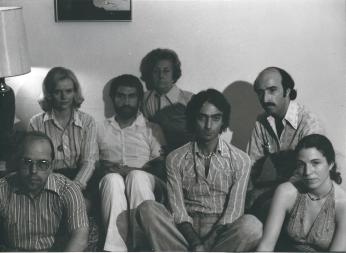
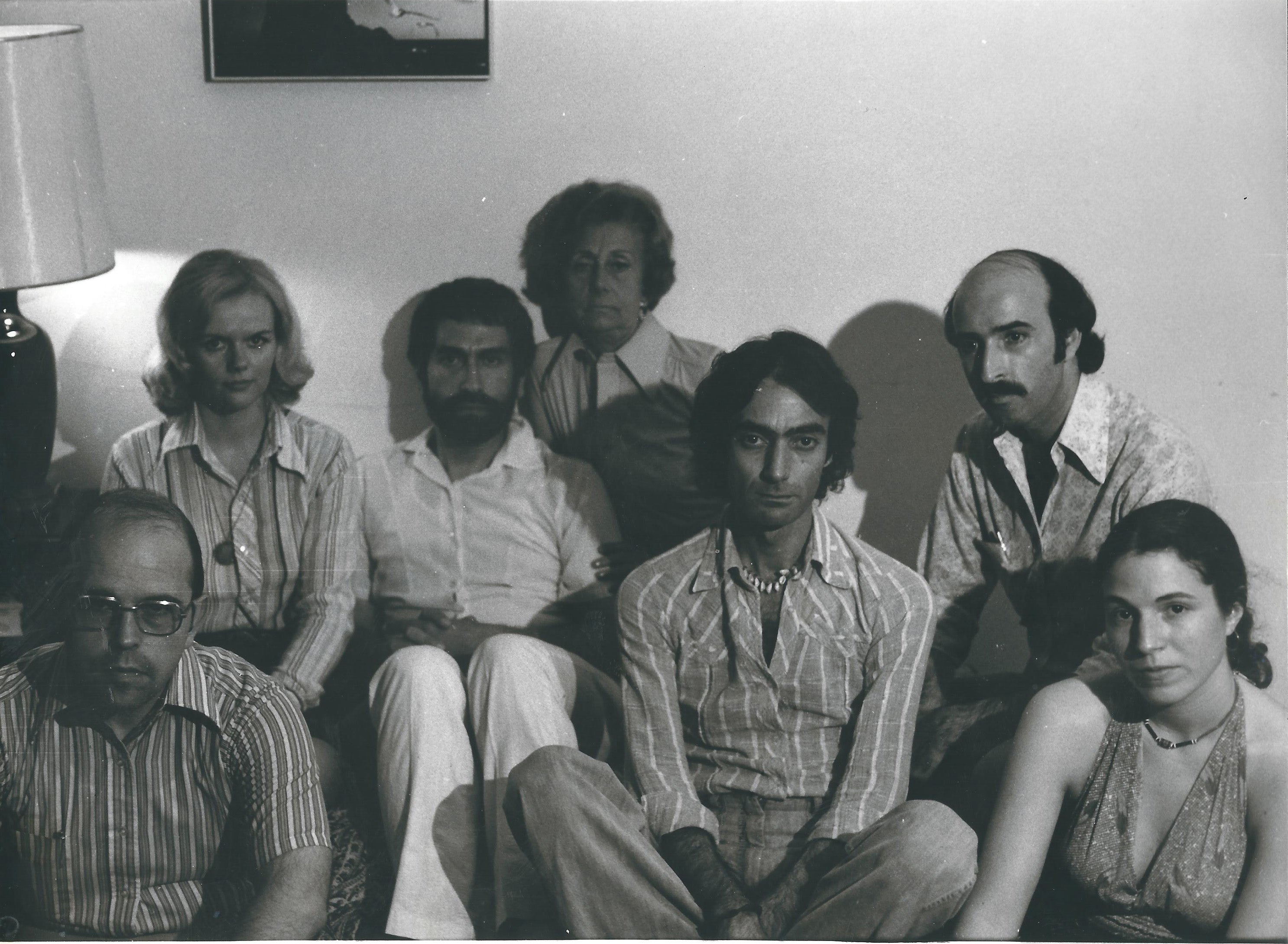
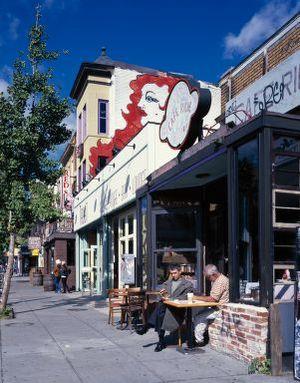
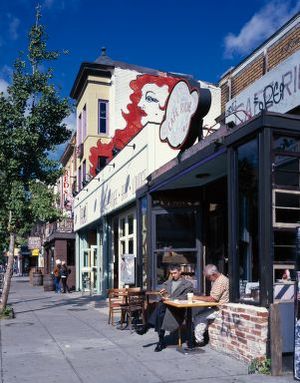
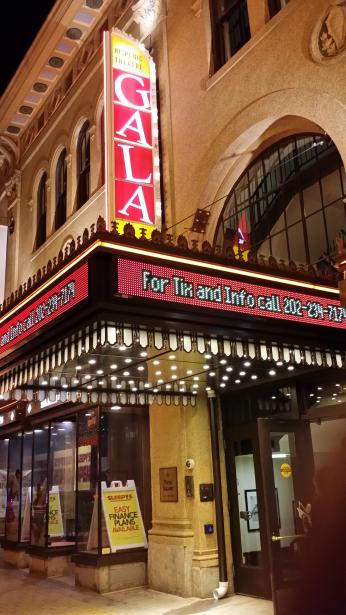
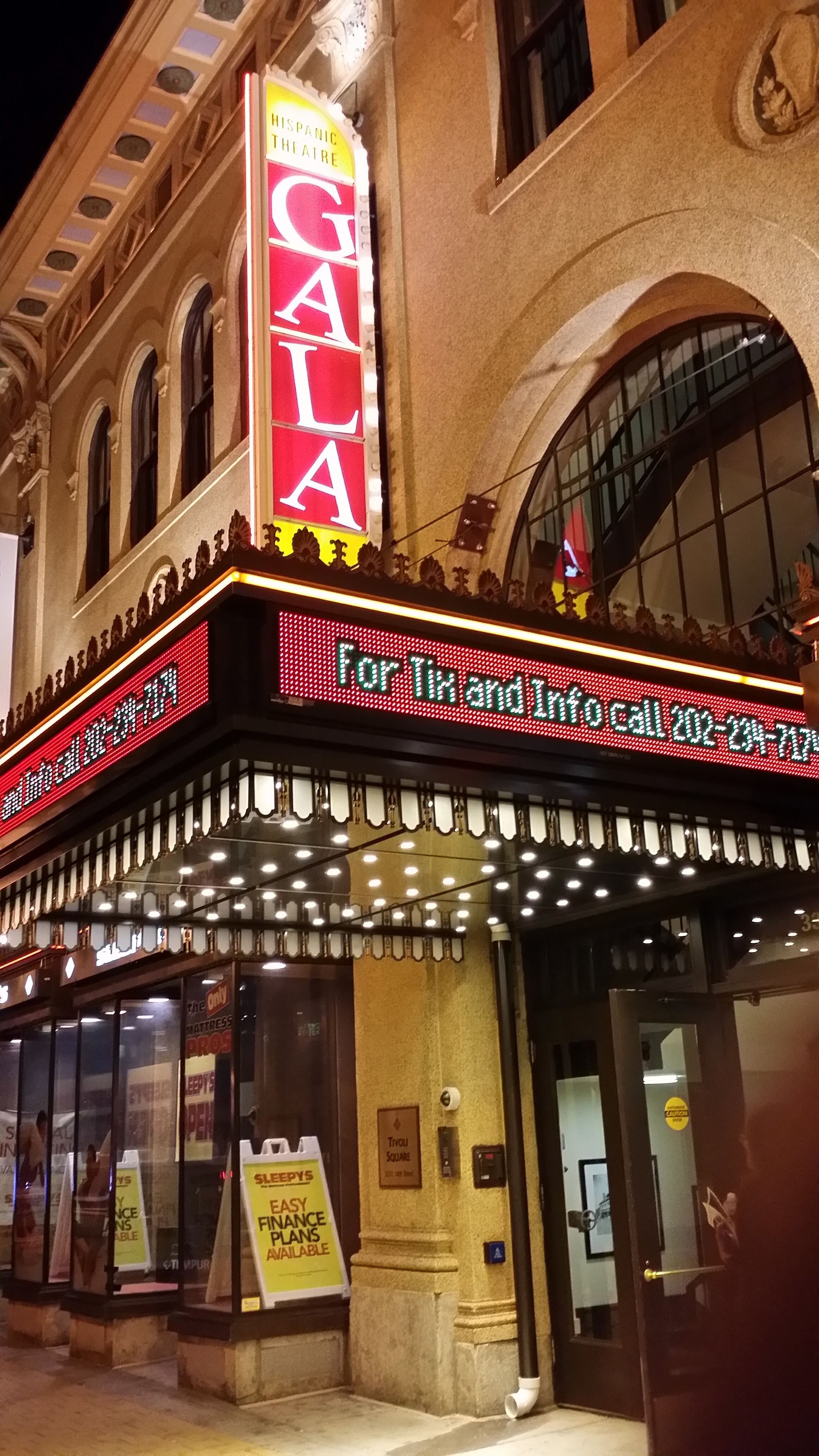
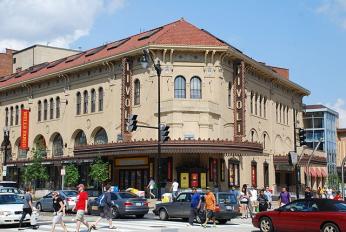
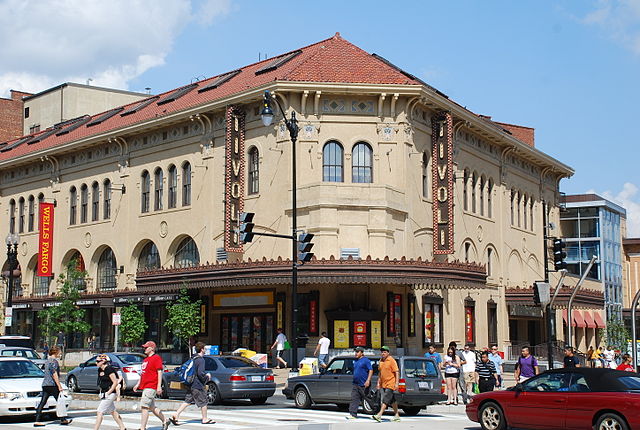
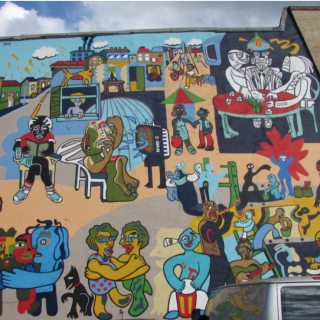

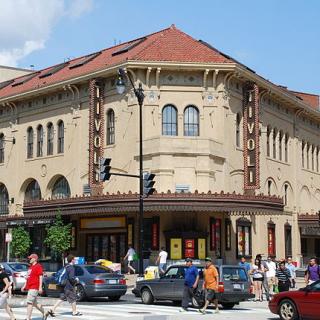
![Sketch of the mythical fuan by Pearson Scott Foresman. [Source: Wikipedia]](/sites/default/files/styles/crop_320x320/public/2023-10/Goatman_Wikipedia_Faun_2_%28PSF%29.png?h=64a074ff&itok=C9Qh-PE1)










